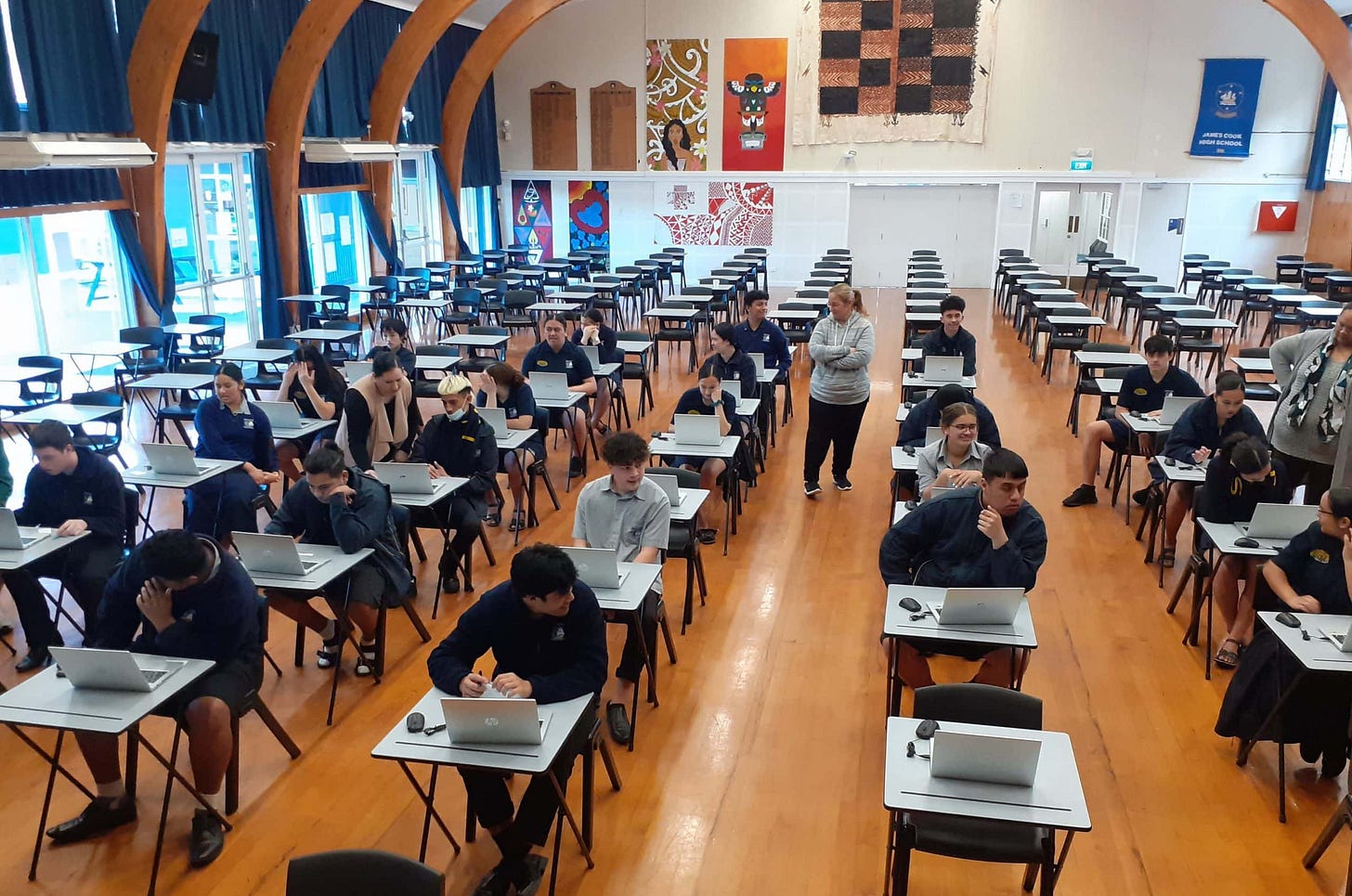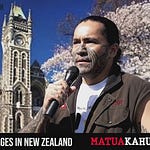National’s Education Minister Erica Stanford has revealed a sweeping change that will see teachers relieved of one of their most time-consuming duties: marking student assessments. Speaking on The Duncan Garner Podcast, Stanford confirmed that by 2028, the responsibility for marking both internal and external NCEA assessments will shift entirely to NZQA, and much of it will be done using artificial intelligence.
“What I have said to NZQA, who’s our qualifications authority, [is] by 2028 when we roll this in, I want you to be in a position where every single assessment, internal [and] external, is marked by you externally,” Stanford said. “Take that load off teachers. It’s one of the single biggest time sucks for them.”
When asked by Garner how NZQA would be able to manage such a massive task, Stanford responded clearly: “AI, my friend, they’re already doing it.”
Stanford explained that NZQA is already using artificial intelligence to mark literacy and numeracy co-requisite assessments. “It’s mostly digital and then it’s AI marked. Most of it means we can do it quickly. It’s world-leading.” She added that international education ministers have expressed admiration, telling her: “We can only dream of that.”
Garner pressed her further: “So AI, so we’ve got the tools to mark all our external and internal assessments without hiring more people?” Stanford replied, “That’s the plan.”
She went on to assure listeners that the technology had already undergone extensive testing: “They’ve already done a whole lot of moderation. They always check the results and actually they’re on par with, if not better than, humans. It’s amazing.”
This transformation is part of a broader strategy by the government to ease the workload of teachers, many of whom have been overwhelmed not just by marking but also by the gaps in students’ foundational knowledge.
“The workload on those teachers at high school is phenomenal because they are having to make up for years,” Stanford said, referring to students entering secondary school well behind expected curriculum levels.
She outlined a three-pronged solution: clearer curriculum content, ensuring students are up to standard by the time they reach high school, and taking the burden of marking off teachers.
While a full rollout is planned by 2028, Stanford said the implementation will be gradual. “We’ve made sure it’s carefully staged and rolled out over time.” She also noted that her principal advisory group had put forward proposals for managing the change and that public consultation would follow.
The move to AI marking may mark one of the biggest structural shifts in New Zealand’s education system in decades - promising reduced teacher burnout, faster feedback, and a more consistent national standard, if the technology holds up under scale.
.













